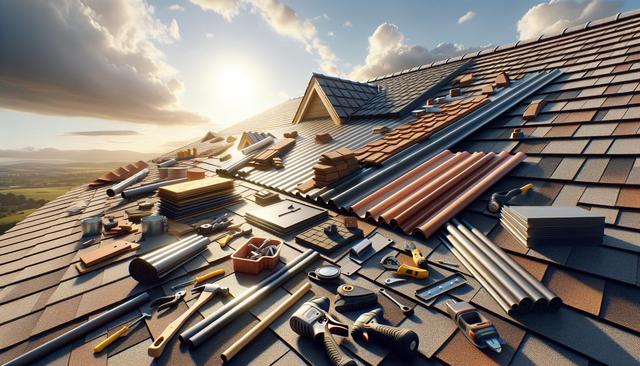Planning Your Pool: From Vision to Blueprint
Whether you’re considering a pool for fitness, recreation, or aesthetic appeal, the planning stage is critical. It sets the tone for the entire project and ensures that the final result aligns with your needs and lifestyle. Start by identifying the primary purpose of your pool. Is it for swimming laps, entertaining guests, or simply enhancing your backyard’s visual appeal? Once the purpose is clear, you can start researching design options, pool shapes, and the most suitable location on your property.
Key factors to consider during planning include:
- Local building codes and permit requirements
- Sunlight and shade patterns in your yard
- Proximity to trees and landscaping elements
- Accessibility and safety features
Working with a qualified pool designer or contractor can streamline the planning process. They can help you map out the technical details, such as drainage systems and filtration equipment, while keeping your aesthetic preferences in mind.
Types of Pools: Exploring Your Options
There are several types of pools to choose from, each offering different benefits and suited for different uses and budgets. In-ground pools are a popular choice due to their durability and customizability. These can be built using materials such as concrete, fiberglass, or vinyl. Above-ground pools, on the other hand, are quicker to install and typically more budget-friendly, making them a common choice for temporary or seasonal use.
Some pool types to consider include:
- Lap Pools: Ideal for exercise and fitness routines
- Infinity Pools: Known for their stunning visual effect and luxurious feel
- Natural Pools: Eco-friendly and designed to blend with the natural landscape
- Plunge Pools: Compact and perfect for small spaces
Each type has its own maintenance requirements, installation timeline, and cost considerations. Carefully evaluating your available space, budget, and intended use will help in choosing the right pool for your property.
Maintenance Matters: Keeping Your Pool in Top Shape
Proper maintenance is essential to ensure the safety, cleanliness, and longevity of your pool. Regular upkeep not only keeps the water crystal clear but also prevents the buildup of harmful bacteria and algae. A basic maintenance routine involves checking chemical levels, cleaning filters, and removing debris from the water surface.
Here’s a simple weekly maintenance checklist:
- Test and balance water pH and chlorine levels
- Skim the surface and vacuum the pool floor
- Inspect and clean the pump and filters
- Brush the pool walls and tiles
Seasonal maintenance includes more in-depth tasks like winterizing the pool or preparing it for the summer season. Hiring a professional service can be beneficial, especially for larger or more complex pool systems. They can also perform routine inspections to keep equipment functioning efficiently.
Enhancing Your Pool Area: Design and Features
Beyond the pool itself, the surrounding area plays a big role in the overall experience. Thoughtful landscaping, lighting, and furniture can transform your poolside into a stylish and functional outdoor living space. Start by choosing materials for the pool deck that are both slip-resistant and visually appealing, such as natural stone, stamped concrete, or composite wood.
Consider adding the following features to elevate your pool environment:
- LED lighting for ambiance and safety at night
- Waterfalls or fountains for sound and movement
- Built-in seating or tanning ledges inside the pool
- Outdoor kitchens or lounges for entertaining
These enhancements not only improve usability but also increase the value of your property. Keep in mind that any additions should be weather-resistant and low-maintenance to ensure long-term durability.
Safety First: Creating a Secure Pool Environment
Safety is a top priority for any pool owner, especially in households with children or pets. Installing safety measures helps prevent accidents and gives you peace of mind. Pool fences with self-latching gates, safety covers, and alarm systems are among the most effective ways to secure your pool area.
Additional safety tips include:
- Never leaving children unattended near the pool
- Keeping lifesaving equipment, like a hook and floatation ring, nearby
- Enrolling in a CPR course for emergencies
- Posting pool rules in a visible location
Regularly inspecting safety features and updating them as necessary is important to maintain a secure environment. Also, educating all household members about pool safety practices reinforces a culture of caution and responsibility.
Conclusion: Enjoying Your Pool to the Fullest
Owning a pool is a rewarding experience that offers relaxation, recreation, and a beautiful addition to your outdoor space. With the right planning, care, and enhancements, your pool can serve as a private retreat and a social hub for years to come. Whether you’re starting from scratch or upgrading an existing pool, taking a thoughtful and informed approach ensures that your investment continues to bring value and enjoyment throughout the seasons.




Leave a Reply